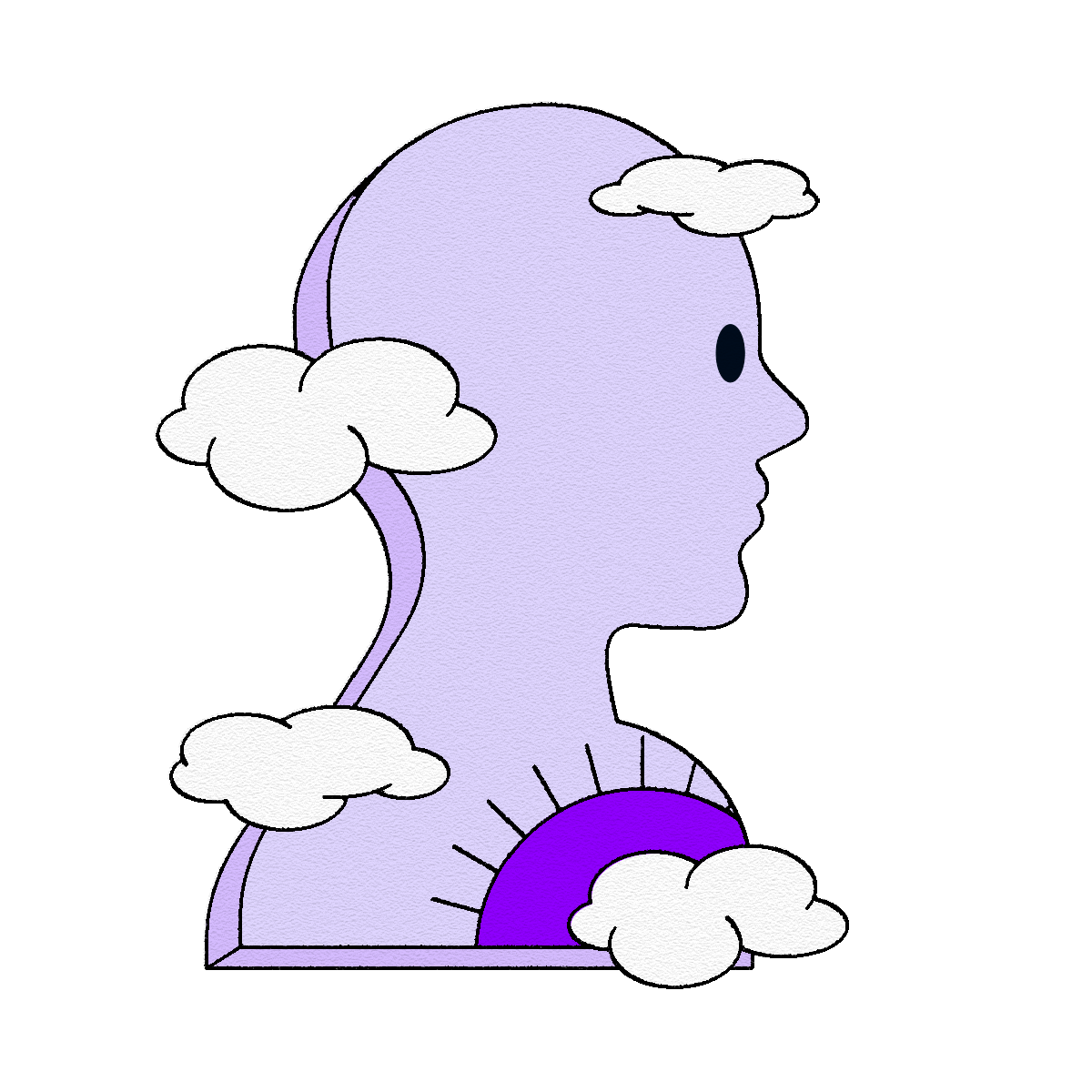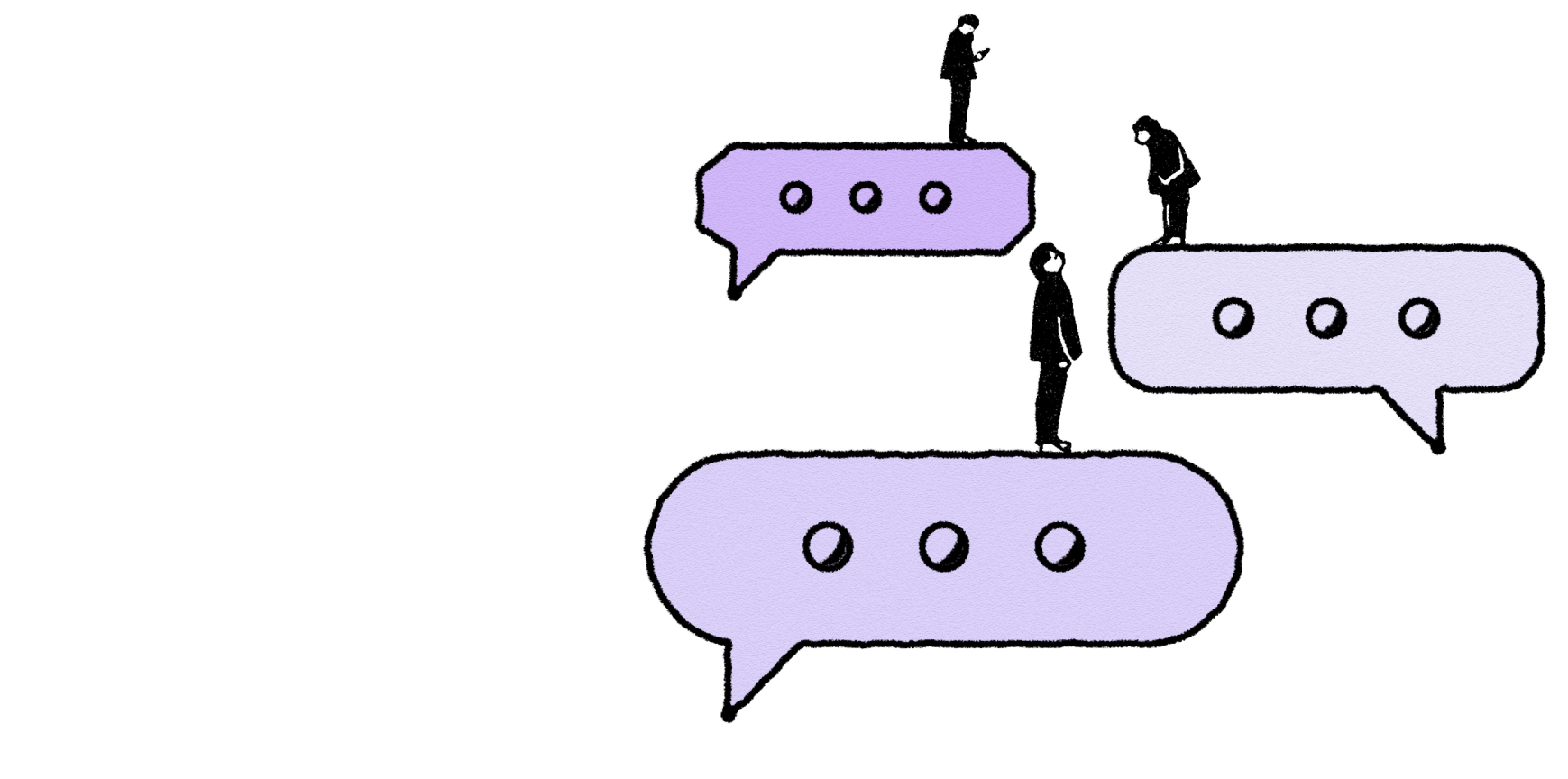View more from
ArticleA primer for D&I and talent management professionals.
COVID-19 is more than a pandemic; it is a revealer of many inequalities and biases inherent in our daily lives. Our Founder and CEO, Professor Doyin Atewologun, is working with colleagues in the NHS to help leaders and managers understand the psychological impact of working on the frontline for our NHS, particularly the implications for diversity.
We welcome the investigation into the COVID-19 deaths of Black, Asian & Minority Ethnic doctors that is happening alongside broader investigations on the impact of COVID-19 on the Black, Asian & Minority Ethnic community. We continue to support efforts to make sure that the impact of COVID-19 does not disrupt diversity and inclusion efforts in business, and we continue to ask questions which highlight the diversity of identities and experiences within the Black, Asian & Minority Ethnic community to progress ED&I initiatives. In this article, we turn our attention to intersectionality.
What is intersectionality?
Evidence already shows that black women are five times more likely to die in pregnancy, birth and postpartum than white women. The experiences of Black, Asian & Minority Ethnic women are different to those of white women, and different to the experiences of Black, Asian & Minority Ethnic men – but in practice who is the focus when we talk about “women” and “Black, Asian & Minority Ethnic” groups?
Doyin’s article “Intersectionality Theory and Practice” was ranked as the 5th most popular in the Oxford Research Encyclopedia of Business and Management in 2019 and was listed among the top 10 websites for inclusion by Aishnine Benjamin in her article published 6th February 2020.
In short, intersectionality recognises that:
- People belong to multiple social categories at the same (this means, evidently, we all have gender, ethnicity, sexual orientation, and are born into a certain socio economic class)
- These social categories are overlapping and interconnected, not independent (this means, for example, Oprah Winfrey is not African American one day and a woman the next – she is always an African American woman)
- Each individual’s experiences are unique, because experiences of one social category are also linked to membership of their other categories.
Despite this, research shows that when people think about targets of gender discrimination, they imagine white women, and when they think of targets of racism, they think of black men. Consequently, we find that women’s programmes are often designed to address white women’s needs and programmes focusing on race and ethnicity are implicitly designed to address challenges facing Black, Asian & Minority Ethnic men.
Additionally, within the Black, Asian & Minority Ethnic category, there are distinctions between the experiences of different minority groups. We need intersectional skills, mindset and knowhow to account for the ways in which the experiences of black women may differ from the experiences of black men, Asian women, those who were not born in the country, and other minority groups who contribute to our organisation. It’s not about having all the answers to the specific differences between the groups; rather, it’s about having the insights and motivation to be aware of the complexity, ask the questions, and build up inclusive and responsive dexterity in all our talent management professionals and their interventions.
Why is it important and urgent to apply intersectionality to targeted talent programmes?
Considering the implications of intersectionality on the attraction, retention and progression of all under-represented talent is an important next step in the evolution of ED&I and talent management practices in leading organisations. If intersectionality is not included in ED&I practices, leadership and talent progression programmes, then the leadership strategy is incomplete, not inclusive and likely to be only partially effective (and potentially a waste of resources).
Overlooking intersectionality in women’s leadership programmes and executive coaching can have a significant impact on the pay gaps, performance appraisals, sense of well-being and conflict faced by some women, especially those who identify as Black, Asian or Minority Ethnic. For example, women’s leadership programmes often deal with the “double bind”: the need to balance the tension of being seen as warm and likeable with the need to be seen as competent and assertive. However, as Doyin’s article explains, this has different implications for black, Asian and white women. Consequently, a generalised approach to building awareness of the double bind will be inappropriate and could harm, misguide and exclude women of colour and will likely exclude other sub-identity groups in your workplace (such as gay Asian men or older women). It is critical that professional facilitators and coaches have a deep and inclusive understanding of the barriers and challenges faced by the communities they are working with, rather than an imagined universal experience of inequality.
Why do organisations struggle with taking an intersectional approach?
There is often hesitation to integrate intersectionality into business and leadership practices. It is often perceived as too complex for traditional leadership and talent management initiatives. However, the discomfort associated with speaking about some identities over others may explain the hesitation. Our experience has shown that organisational leaders find it harder to talk about race and ethnicity than they do about gender. For example, our research for the Parker Review of Ethnicity in FTSE 350 companies shows that organisations still struggle to articulate their policies and strategies for increasing minority ethnic members on their boards.

Audre Lorde
Sir John Parker speaks to this challenge and states in the report: “I know that, even more than with gender, for every Chairman or CEO reading this report, this feels like dangerous territory. But we need to understand that in today’s world, failure to act can be just as damaging to our companies’ reputations, not to mention weakening shareholder and stakeholder confidence. This is not just a matter of social justice. Many of those who invest in us and trust us as our customers are now monitoring our performance on leadership diversity, because they see it as a sign of whether we are truly ready to face up to the challenge of the modern world.”
In summary, intersectionality is a necessary lens through which to view ED&I. Without it, strategies risk overlooking and even sabotaging members of the very group that they set out to serve. One of the major barriers to adopting an intersectional approach is the discomfort of talking about some identities, such as race and ethnicity. Race fluency can help organisations to overcome this challenge. It is time for organisations to bridge the gaps between gender and leadership and race and leadership by putting intersectionality into practice in leadership and talent progression solutions.
Related resources

Article
Intersectionality theory and practice
Do you think intersectionally in your ED&I strategy?
Read more
Article
The human imperative for neurodiversity inclusion
Recognising the distinct abilities neurodivergent individuals can bring to the workplace.
Read more







